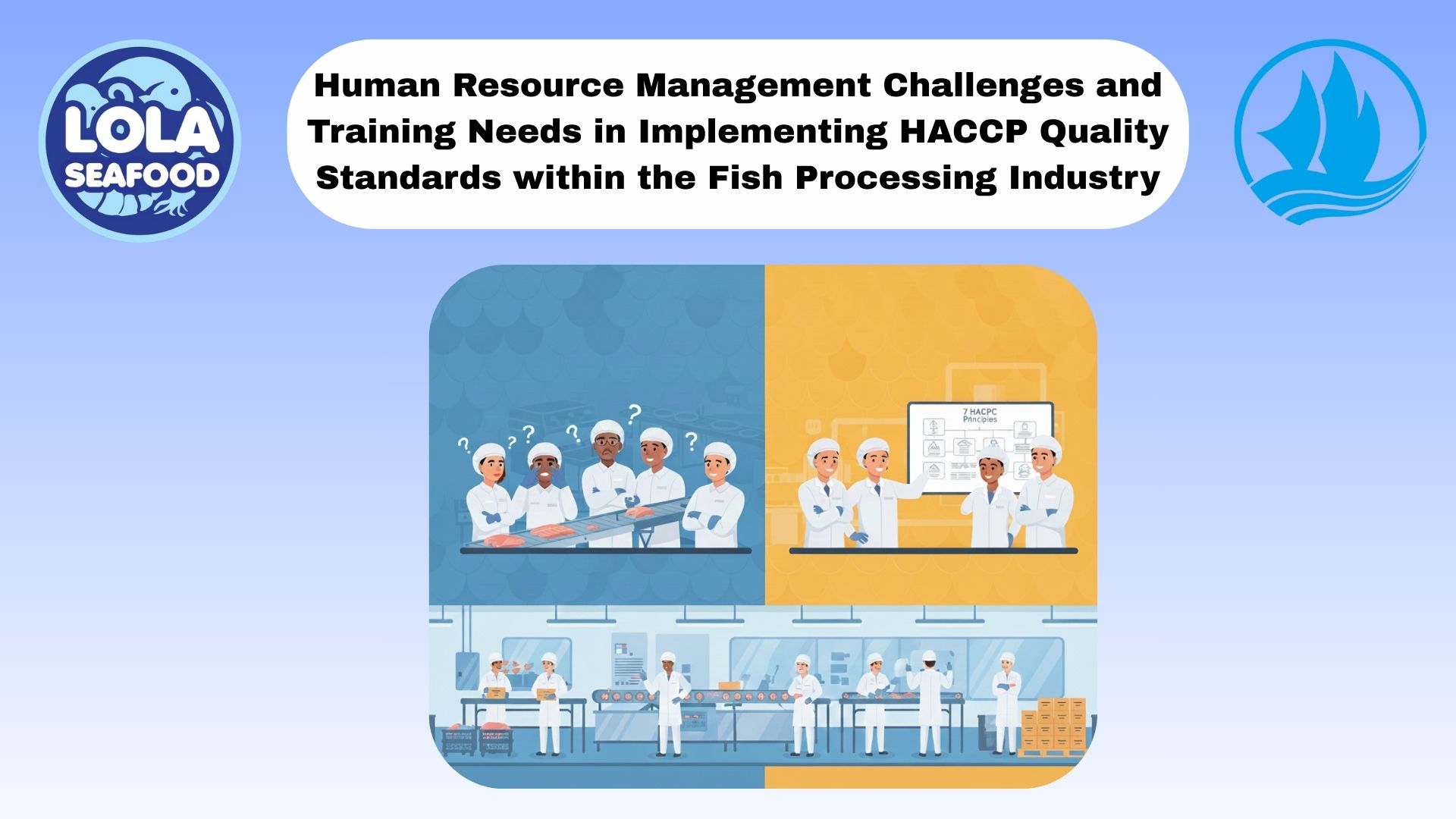Maximizing Value of By Products in the Fisheries Industry
By. Sofie Thoriq - 23 Sep 2025.jpg)
Kelolalaut.com The fisheries industry has long been a cornerstone of global food security, providing millions of tons of nutritious seafood each year. However, the production of seafood also generates a significant amount of by-products, including fish heads, frames, viscera, skin, scales, and shells from crustaceans. For decades, these by-products were discarded or used only as low-value fishmeal. Today, with the growing focus on sustainability, innovation, and circular economy principles, seafood by-products are increasingly recognized as valuable resources rather than waste. Harnessing their potential not only minimizes environmental impact but also opens new economic opportunities.
Understanding Seafood By Products
By-products from seafood processing can represent up to 50-70% of the total biomass, depending on the species and processing method. These materials are rich in nutrients, proteins, lipids, and bioactive compounds, making them suitable for a variety of applications. Rather than considering them as waste, the industry now views them as co-products that can be transformed into high-value ingredients.
High Value Applications
One of the most significant uses of fish by-products is in the production of fishmeal and fish oil, which are critical ingredients in aquafeed and animal nutrition. Fishmeal provides an excellent source of protein, while fish oil is rich in omega-3 fatty acids, which support brain and heart health. Beyond animal feed, seafood by-products are increasingly used to develop nutraceuticals and functional foods. Collagen and gelatin extracted from fish skin and scales are used in dietary supplements, cosmetics, and even medical applications, such as wound healing products. Similarly, chitosan derived from crustacean shells has antimicrobial and biocompatible properties, making it valuable for food preservation, pharmaceuticals, and biodegradable packaging materials.
Fish viscera are a rich source of enzymes such as proteases, which are utilized in the food industry for protein hydrolysis, in detergents for stain removal, and even in leather processing. Additionally, fish bones can be processed into calcium supplements, contributing to human health and nutrition.
Environmental and Economic Benefits
Utilizing by-products is not only a profitable opportunity but also a solution to environmental challenges. Disposing of seafood waste can contribute to water pollution, unpleasant odors, and greenhouse gas emissions. By turning by-products into valuable resources, seafood processors can reduce their waste management costs and lower their environmental footprint.
Economically, by-product utilization creates new revenue streams and jobs, supporting the livelihoods of coastal communities. For small and medium enterprises, this diversification can improve resilience and profitability, especially in times of fluctuating seafood prices.
Challenges and Innovations
Despite its potential, by-product utilization faces challenges, including the need for specialized processing technology, consistent raw material supply, and maintaining food safety standards. By-products are highly perishable, requiring rapid handling and processing to prevent spoilage. Investment in cold chain infrastructure and research into cost-effective processing methods is essential to unlock their full value. Fortunately, technological advancements are making these processes more feasible. Innovations in biorefinery techniques, enzymatic hydrolysis, and green extraction methods are improving the efficiency and sustainability of by-product valorization. Additionally, collaboration between research institutions, governments, and industry stakeholders is helping to develop standards and promote commercialization.
The Path Forward
The shift toward full resource utilization reflects a broader movement in the seafood industry toward sustainability and circular economy principles. Consumers are increasingly aware of the environmental impact of their food choices and appreciate companies that minimize waste and use resources responsibly. By embracing by-product utilization, seafood processors can strengthen their brand image, meet regulatory requirements, and contribute to global food security.
Seafood by-products are far more than waste—they are valuable resources with applications ranging from nutrition and medicine to agriculture and industry. Maximizing their use helps protect the environment, improves profitability, and supports a more sustainable future for fisheries worldwide. As technology and consumer demand continue to evolve, the utilization of by-products will remain a key driver in transforming the seafood sector into a truly zero-waste industry.
If youre interested in our Shark Belly , Shark Fillet , Shark Flake and Shark Cartilage please do not hesitate to contact us through email and/or whatsapp

Optimizing Wild-Caught Fish Logistics: Maintaining Thermal Core Integrity During Long-Haul Transport
.jpg)
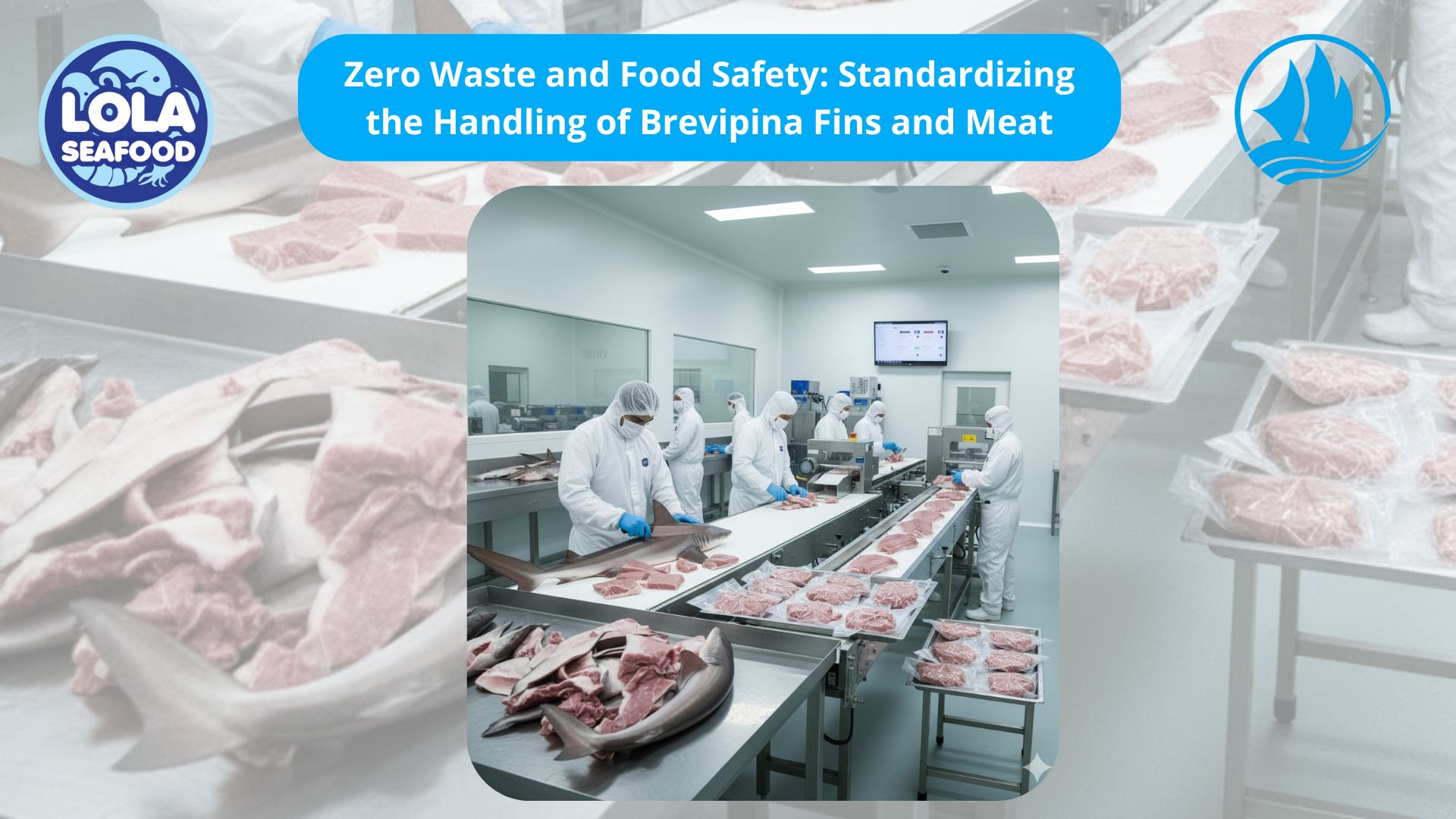
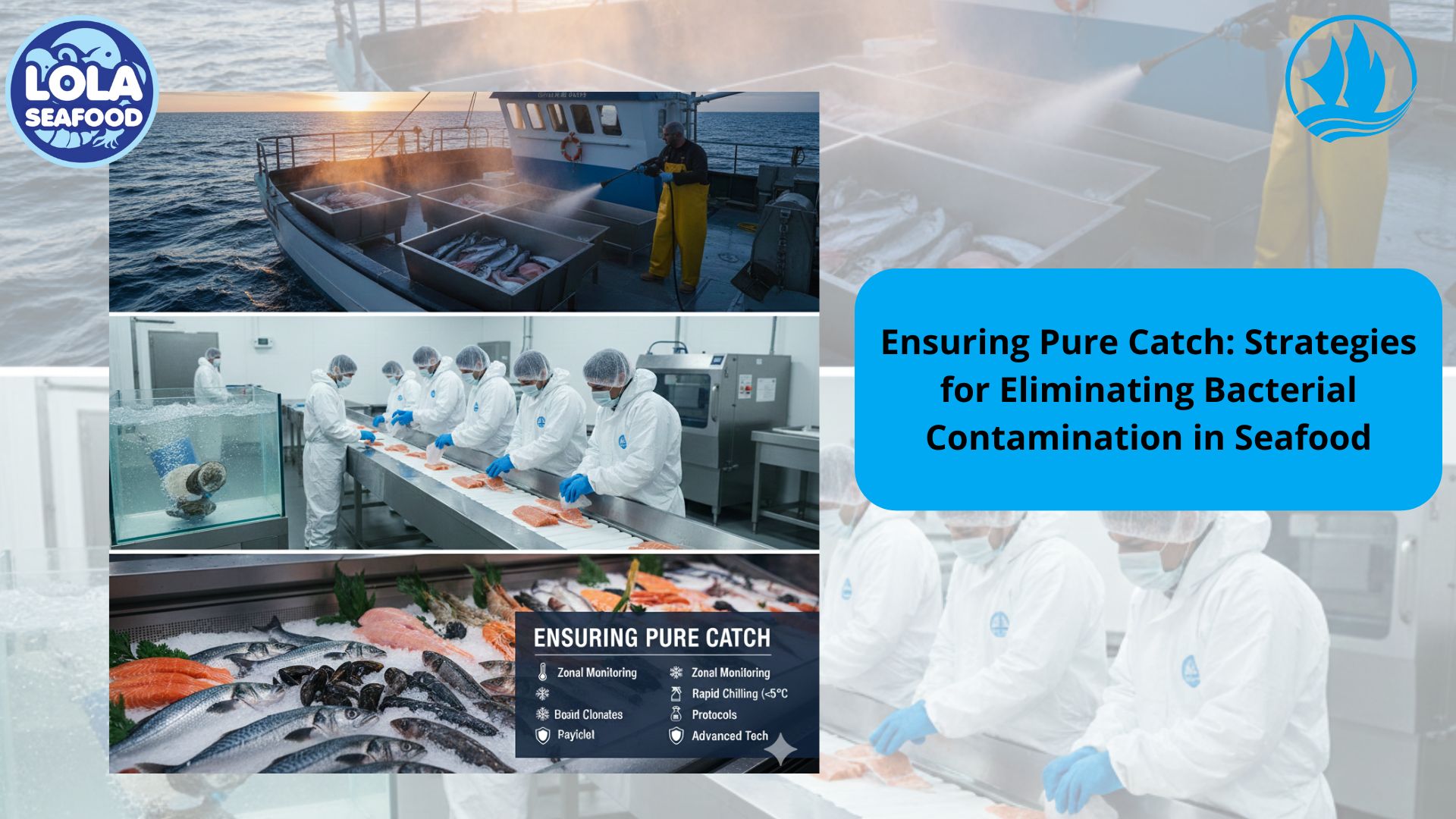
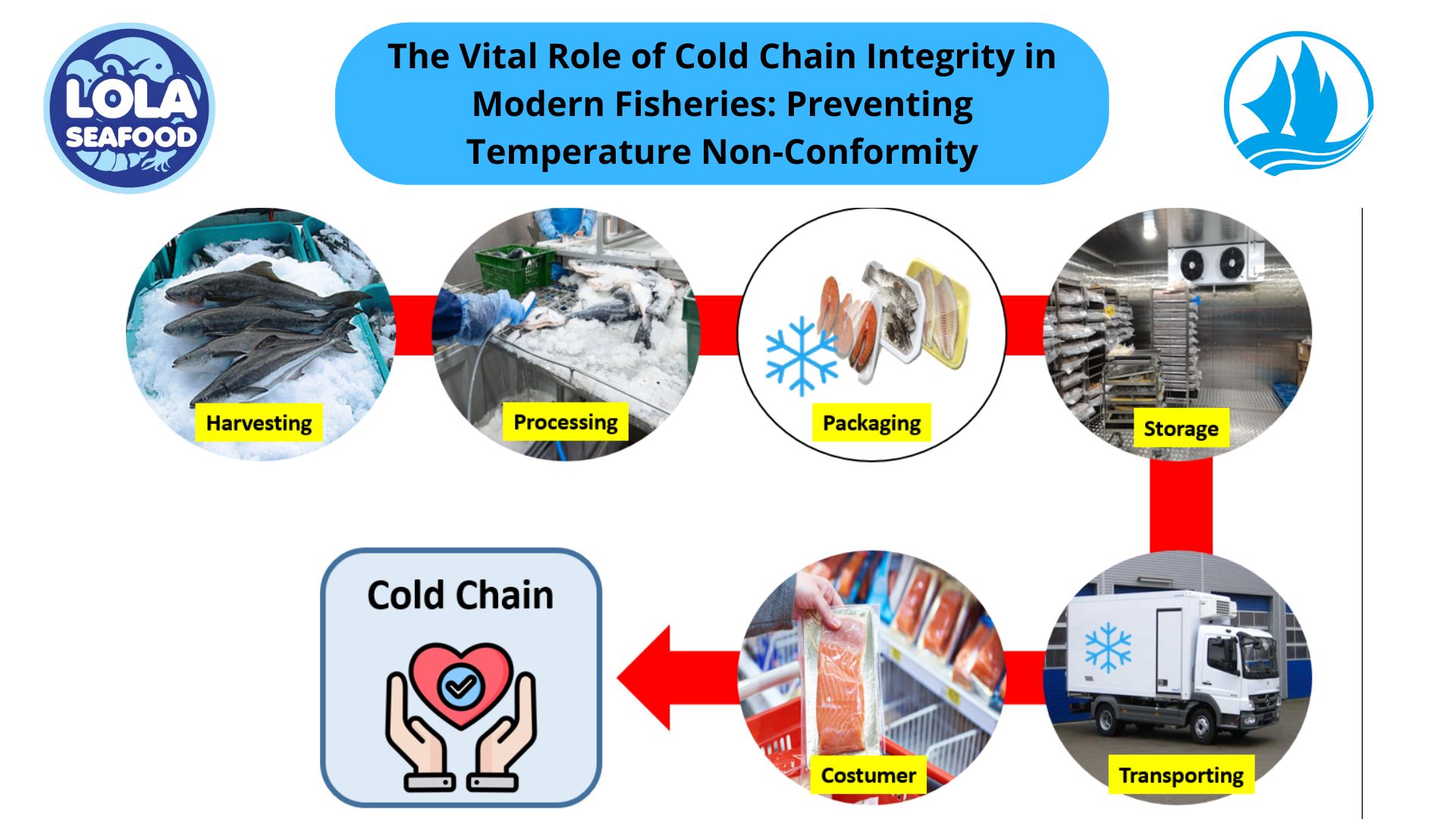
.jpg)
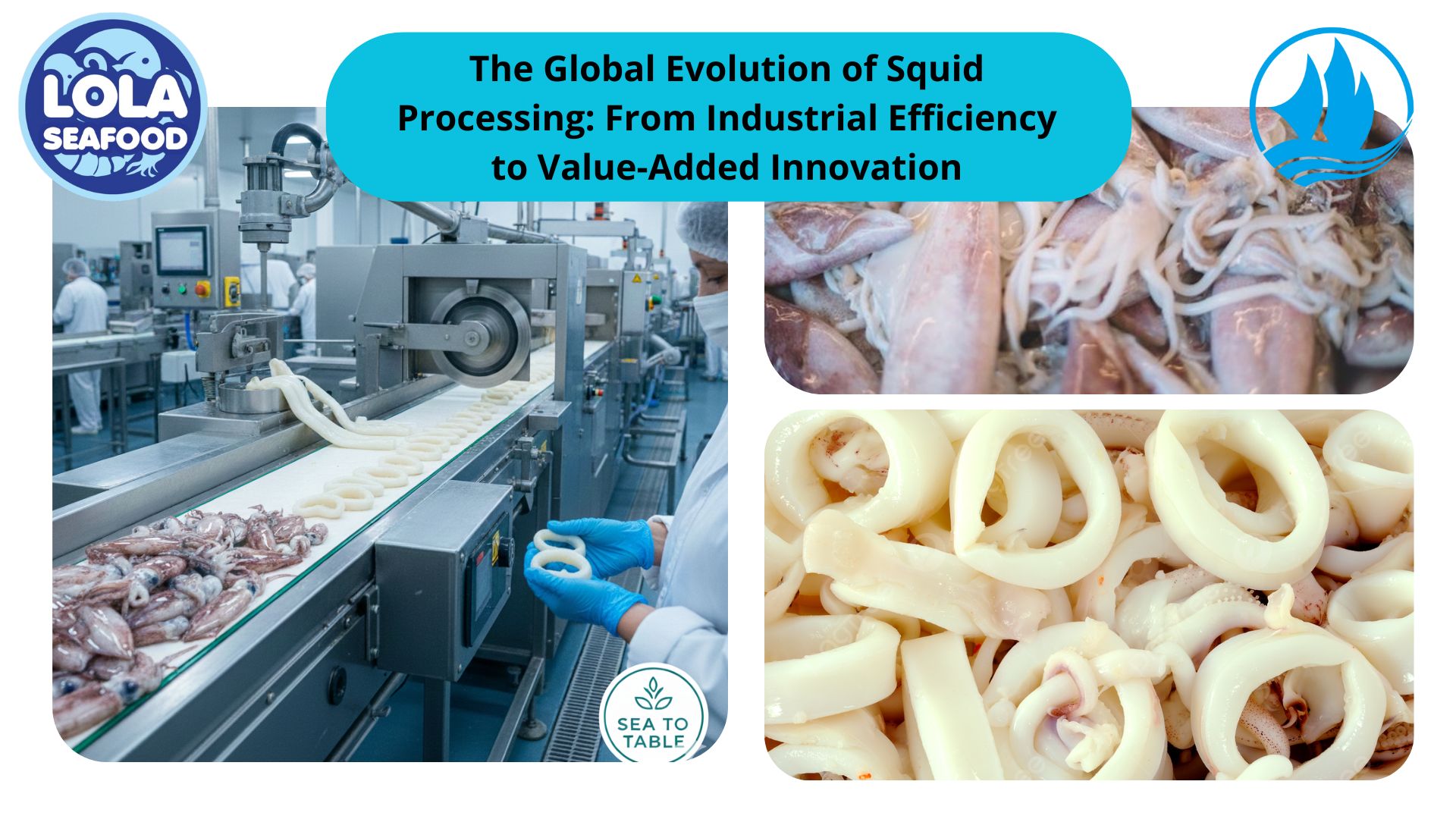
 and Employee Productivity on the Demersal Fish Processing Floor.jpg)
